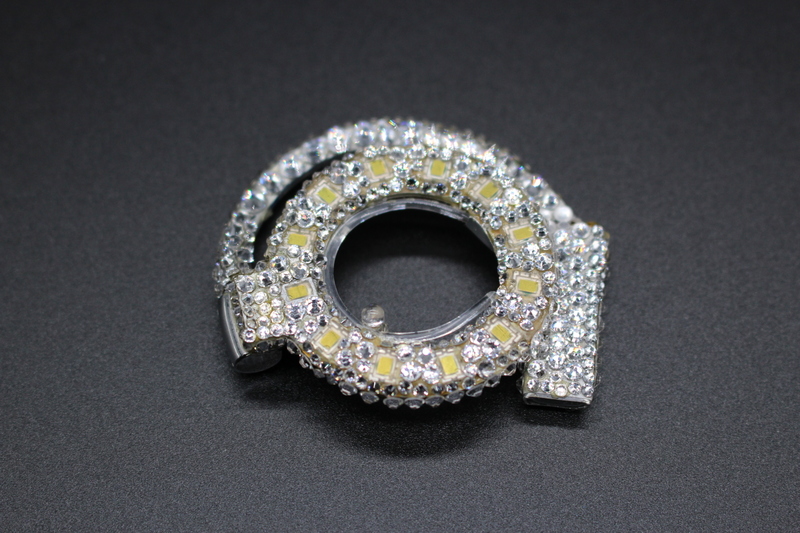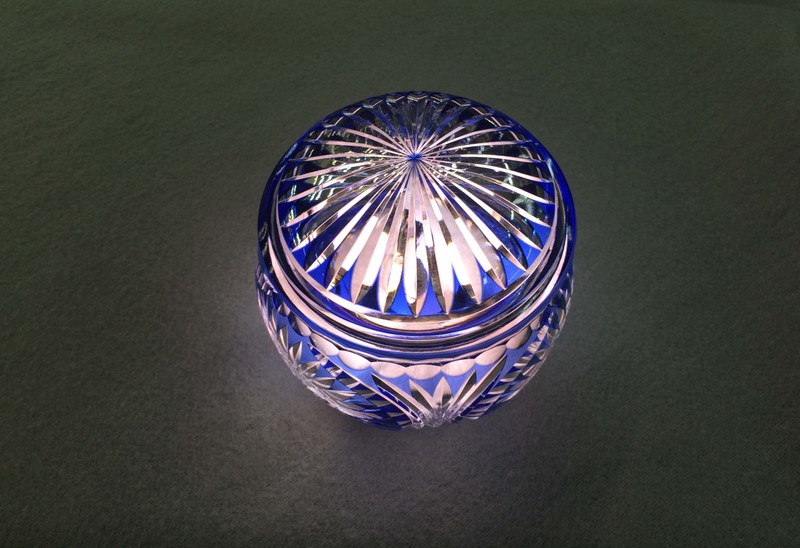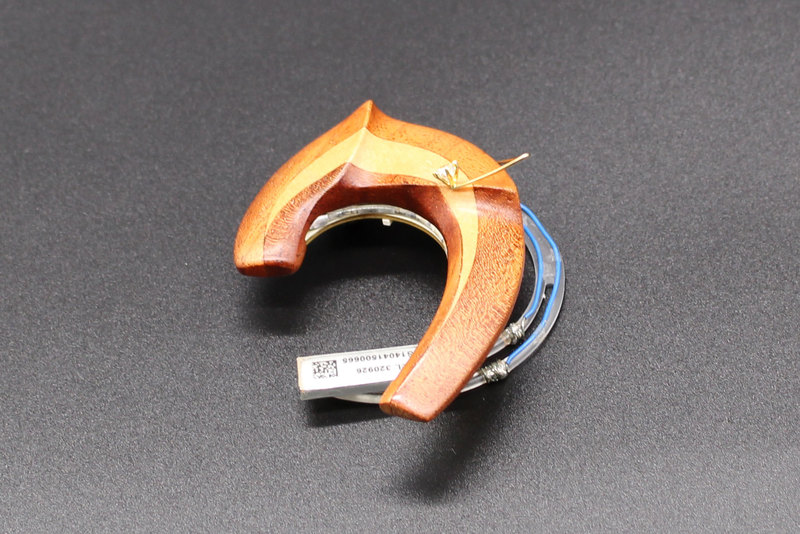Interviews

Analyzing Facial Movement Data with Earable, the Computerized Earring (Part 2)
Kazuhiro Taniguchi
Before Kazuhiro Taniguchi was even selected for the INNO-vation Program, he had already completed most of his work on the computerized earring.
Interviewer & Japanese Writer: Yamamoto Takaya; Translation & Editing: Matthew Cherry
Kazuhiro Taniguchi’s earable, a wearable technology developed for the ear, is a revolutionary device that captures biometric data from outer ear, eye and tongue movements, as well as chewing habits and facial expressions.
Read more about how earable works in Part 1.
Taniguchi was already satisfied with the functionality of the device. “That being said, I still felt it was lacking two critical concepts. I wanted to continue development to add these concepts and features in, so I applied for the INNO-vation Program,” Taniguchi stated.
But what exactly was missing from earable? One thing, Taniguchi says, was the decorative appeal and charm of an earring.
Within earable’s development period, Taniguchi began to research the history behind mankind’s relationship with earrings and accessories. In a general sense, it was often thought that people began to wear clothes to protect themselves from the cold. But upon researching the topic, Taniguchi discovered the existence of cultures in colder regions of the world that did not wear clothes at all. “We can’t really say from a historical perspective that people wore clothes only to protect themselves from the cold. In fact, we could say that there was always an innate need for people to express their own charisma through fashion,” he posited.
That sentiment doesn’t stop at just shirts and shoes. Cultures that decorate the ear with earrings and other accessories exist throughout the world. Simply adding a technological aspect to earrings wouldn’t be enough to make a compelling device.
“I think most people wear earrings because they want to make themselves more beautiful while showing off their own appeal. If earable didn’t have the fundamental concepts that fulfilled these needs, it wouldn’t matter how great the added functionality was; nobody would wear it,” Taniguchi explained.
Taniguchi believes that humanity as a whole has one shared concept of beauty: light. There are many faiths and religions throughout history that have worshiped a god of the sun, a concept that Taniguchi says shows that light is thought to be synonymous with beauty. One of earable’s designs was based around the image of the sun and its surrounding solar “halo” of light. Photovoltaic charging powers the device, which then uses optical measurement to transmit data through optical transmission. Users can then use the transmitted data to obtain valuable information that helps them manage their own health. This sun-centric design was called the halo model.

halo, a design model of the computerized earring earable.

halo’s case
When thinking about another shared concept of beauty, Taniguchi also considered it from a traditional Japanese point of view. He started to research and analyze ikebana, or traditional Japanese flower arrangement that dates back to the Muromachi period (1336 – 1573), to incorporate some of its core ideas into one of earable’s designs. Mahogany, a high-grade wood known for its deep, red color was used as a base material for this design. An artisan then delicately refined it to express the beauty of Japan. This design’s name is Nakomi.

Nakomi
Aside from the aesthetic beauty that earable provided, Taniguchi still felt that there was one more thing missing from the device: comfort.
To increase the level of comfort felt from wearing earable, protrusions that provide a massage-like sensation were added to the areas that come into contact with pressure points on the outer ear. In addition, each of these protrusions emit a small infrared light that stimulates the pineal gland, the area of the brain influenced by light. This creates a sensation that the user is being bathed in a faint light.
“If outward appearance is connected to a mental sense of satisfaction, then comfort can be linked to a physical sense of satisfaction. By providing a stimulus to both the body and mind, I believe earable is something that can create a lasting impact even on first-time users,” Taniguchi elaborated.
By adding new functionality and a refined sense of comfort, Taniguchi was able to find what earable needed most through the support he received in the INNO-vation Program.
In Part 3, we’ll ask Taniguchi what keeps him motivated during development.
Kazuhiro Taniguchi's Profile

